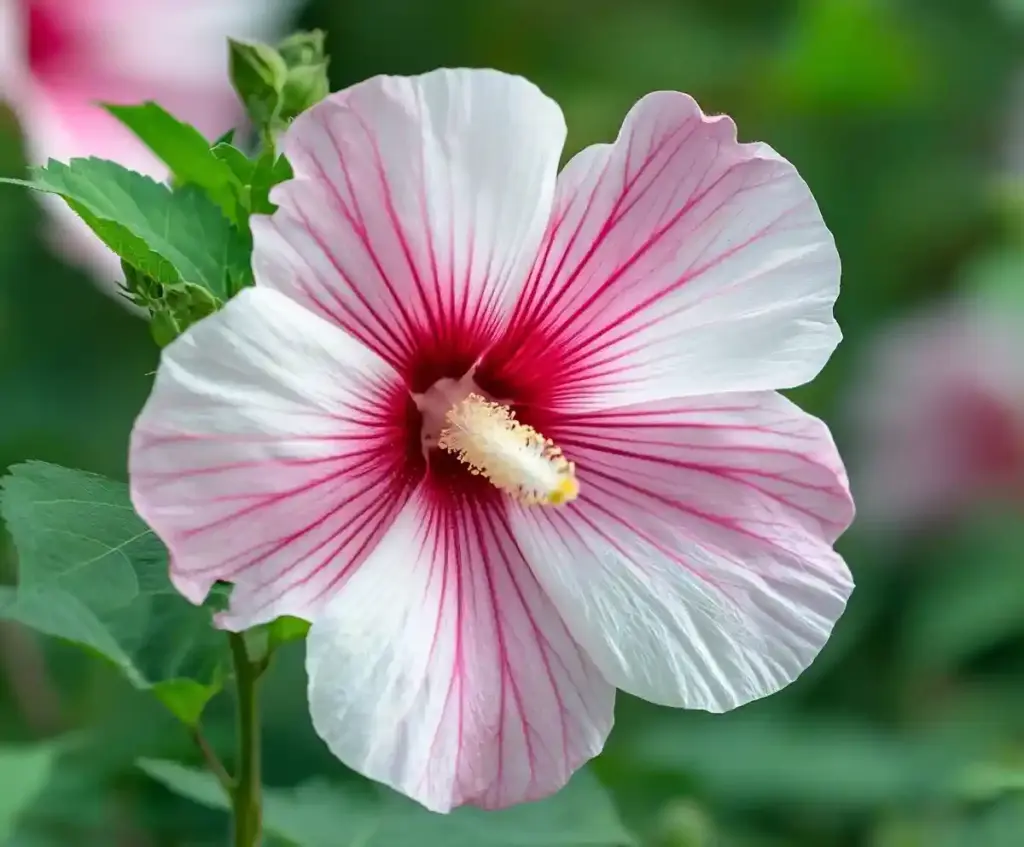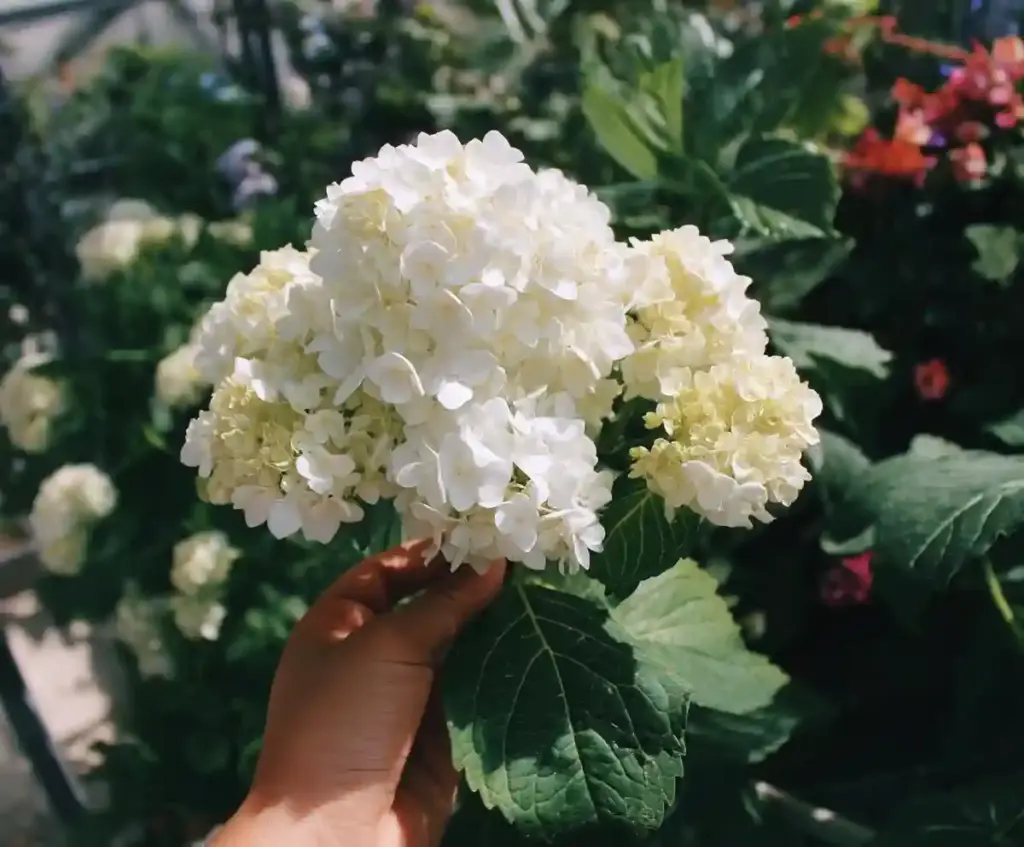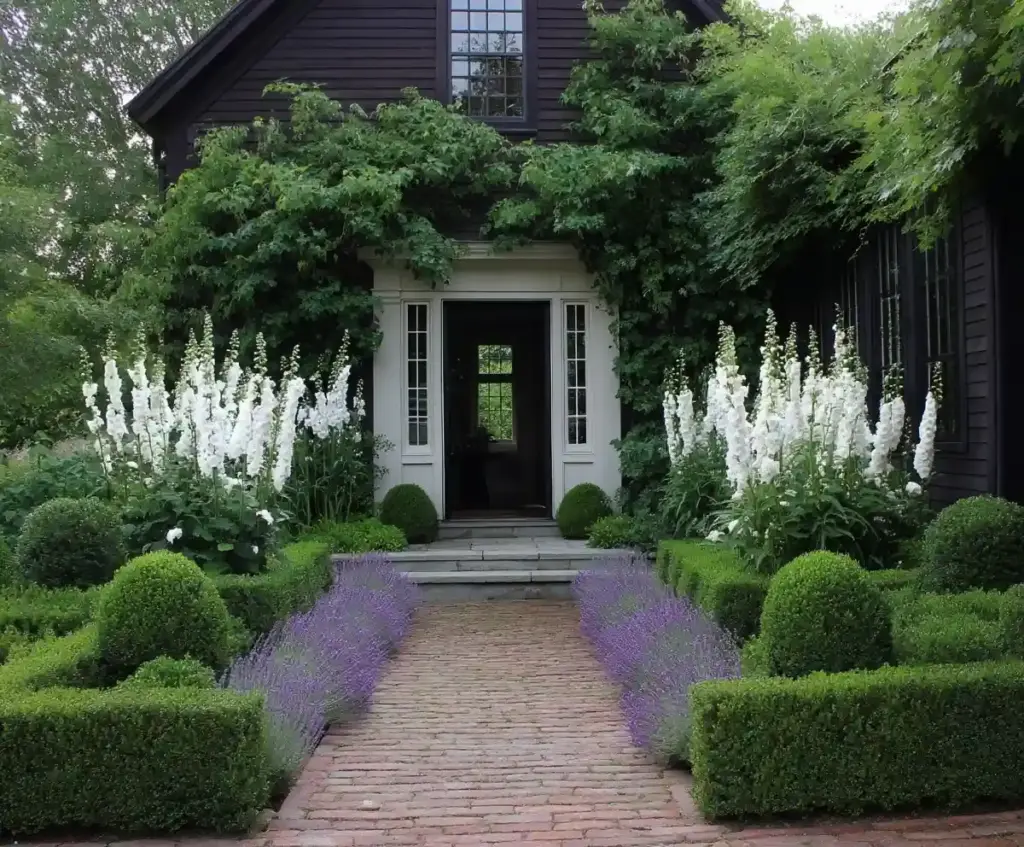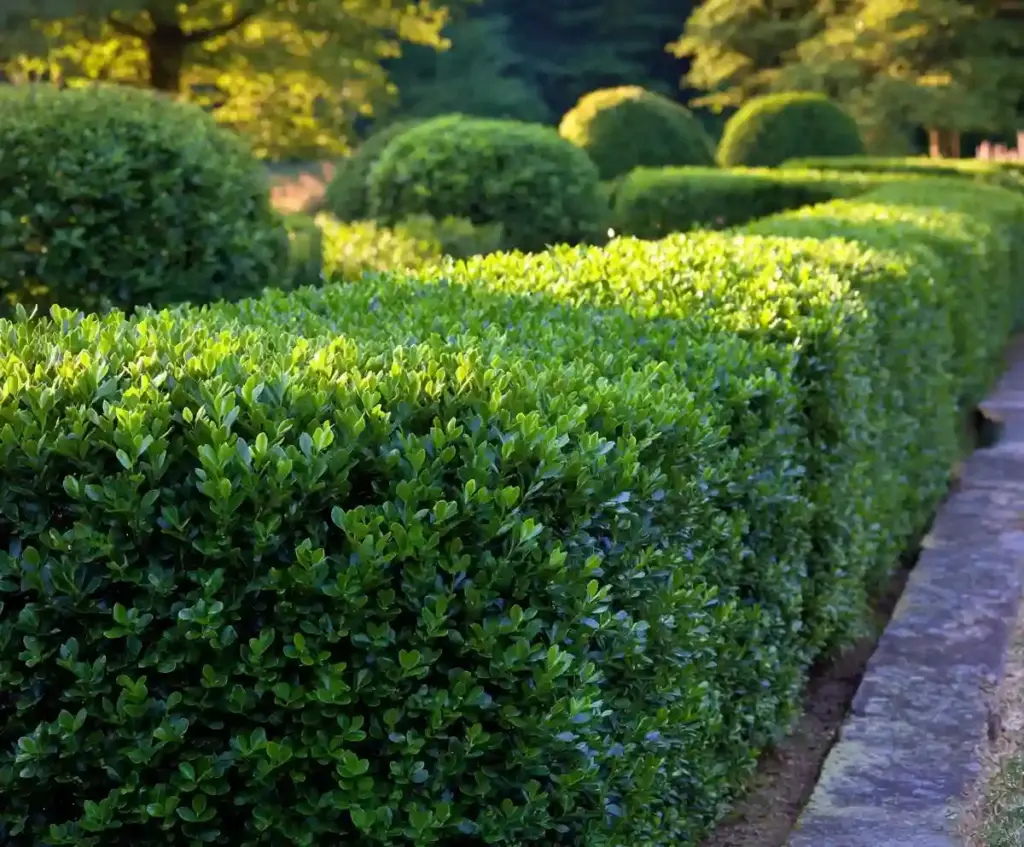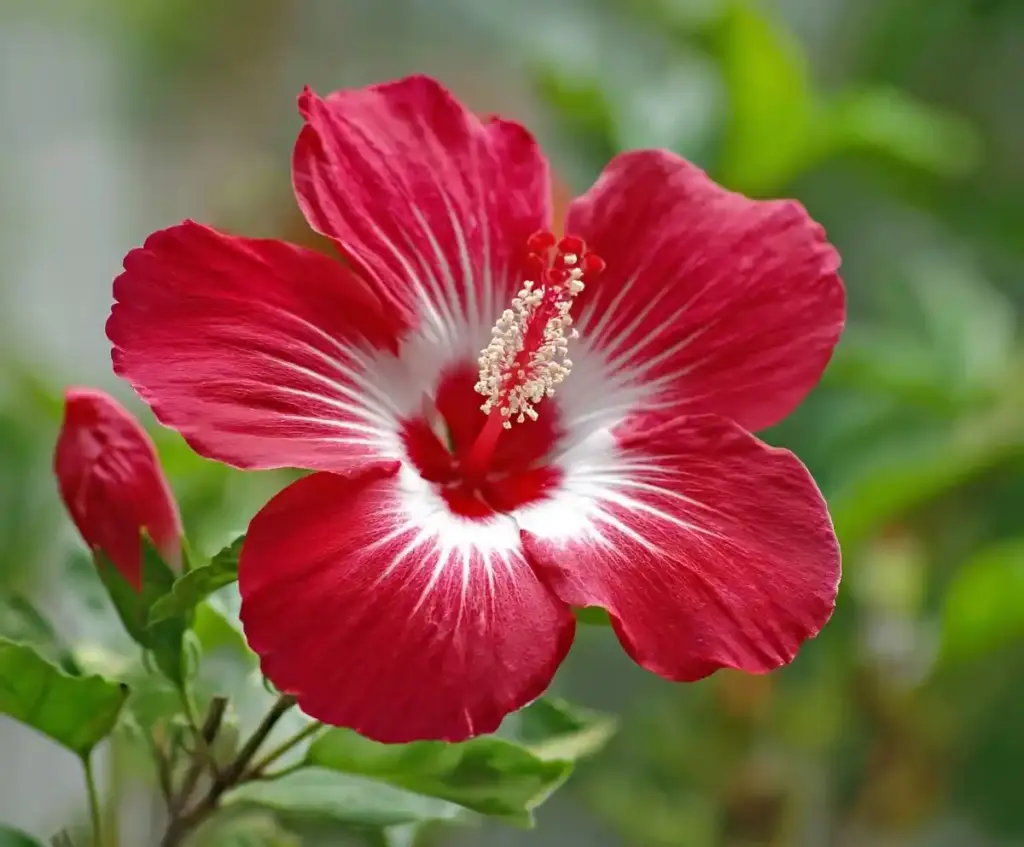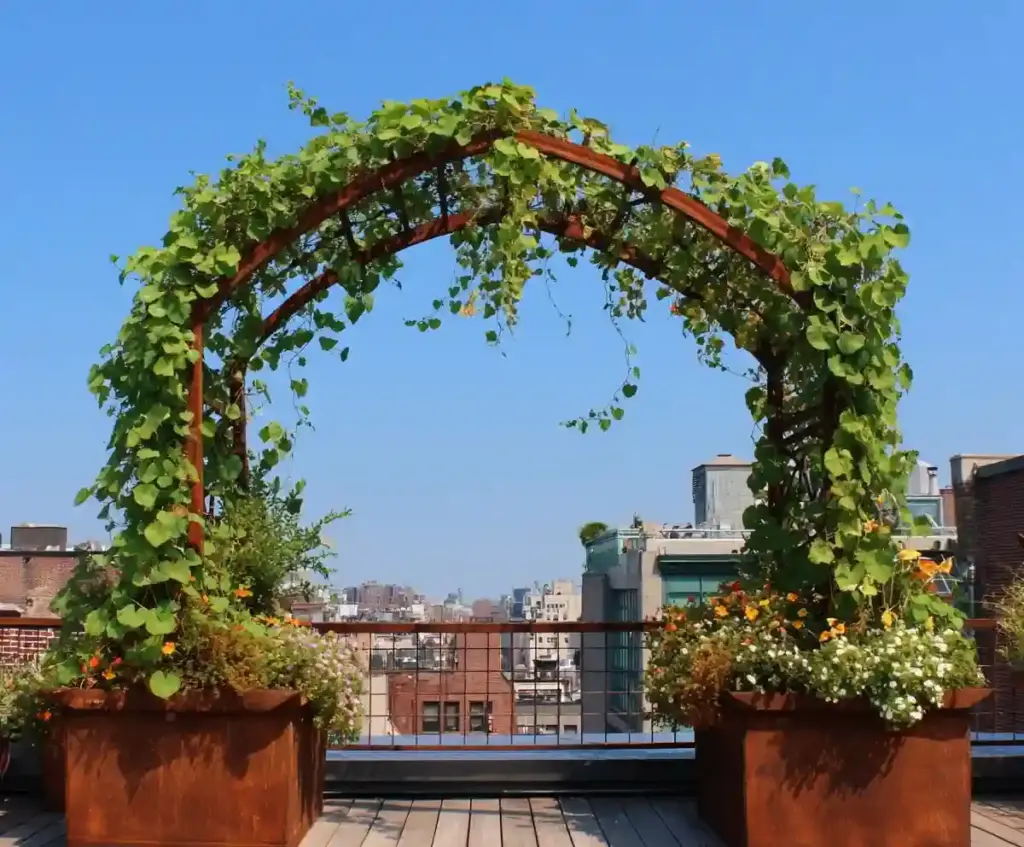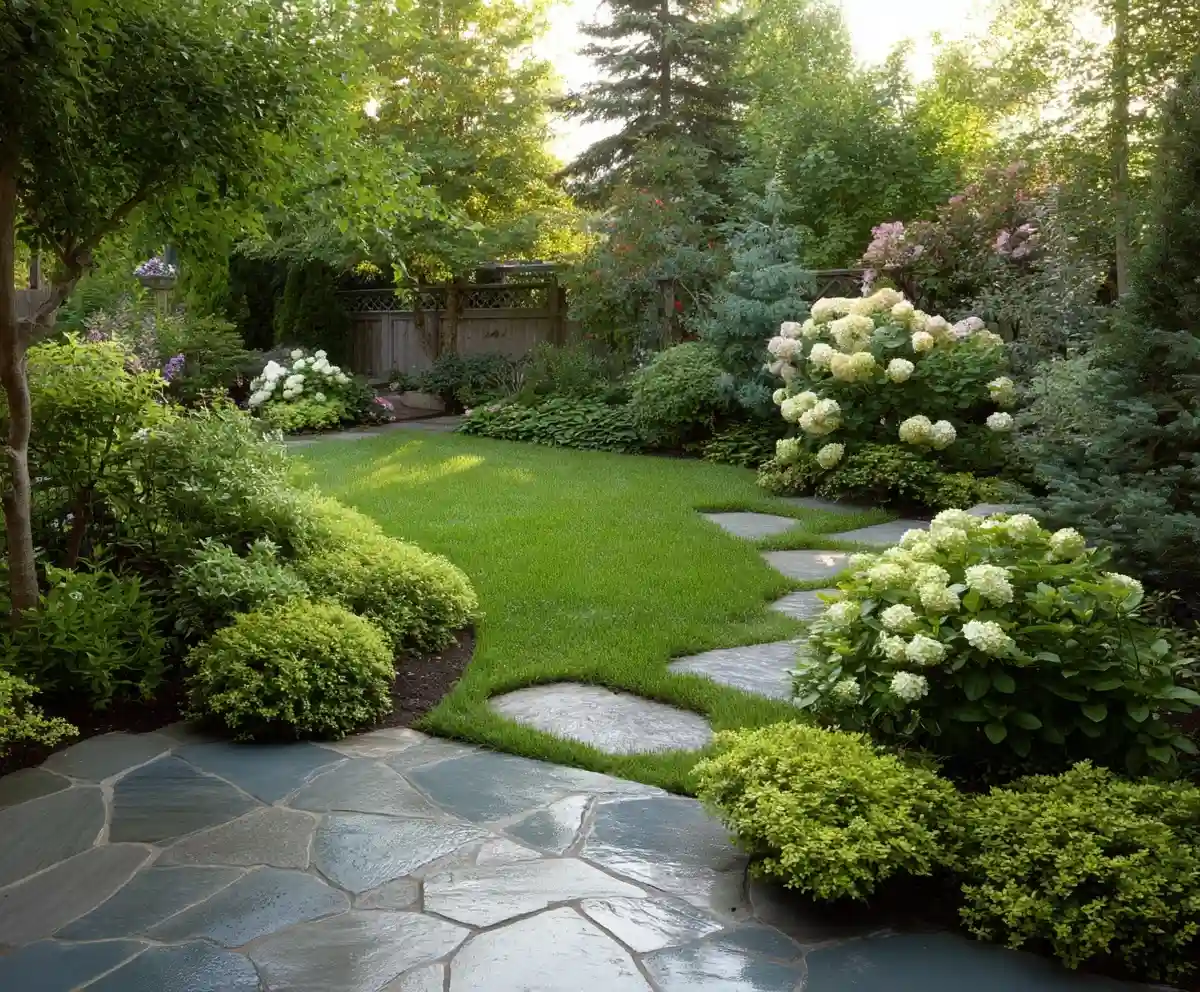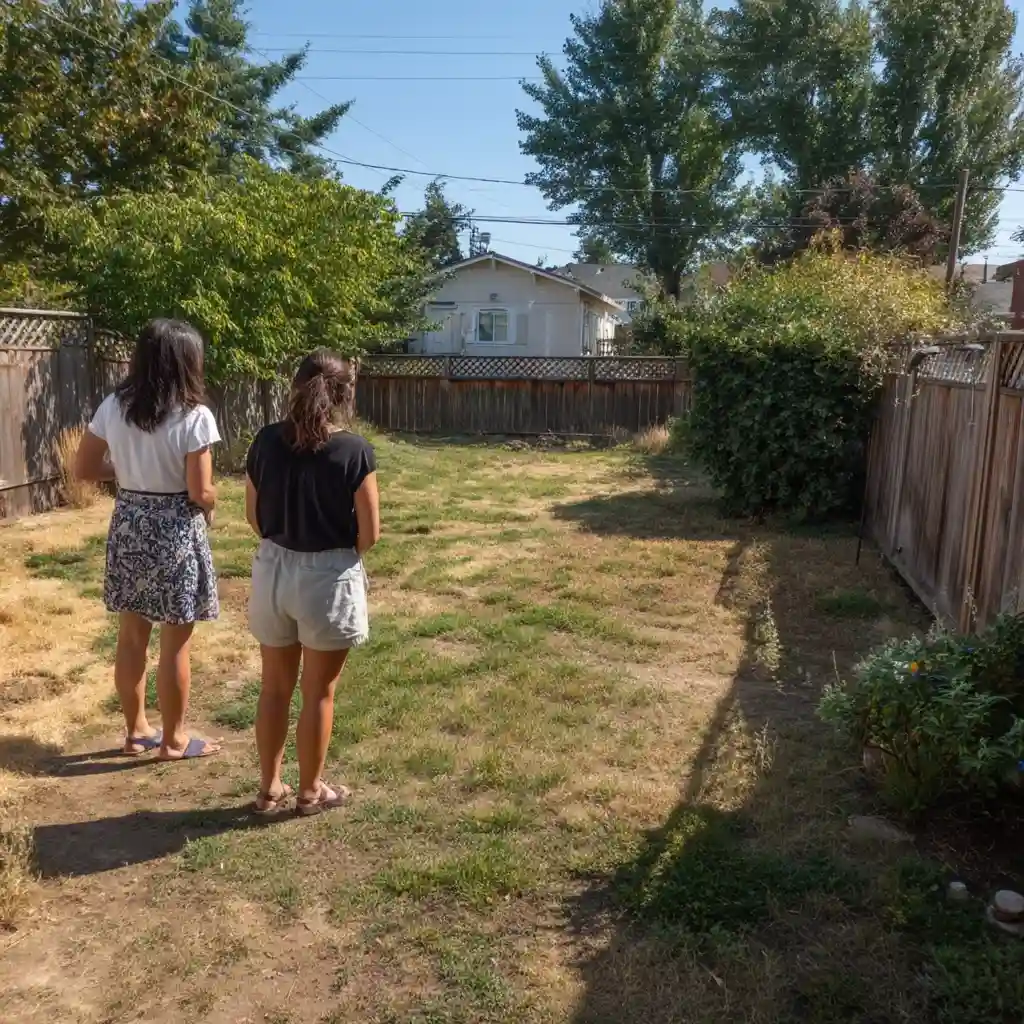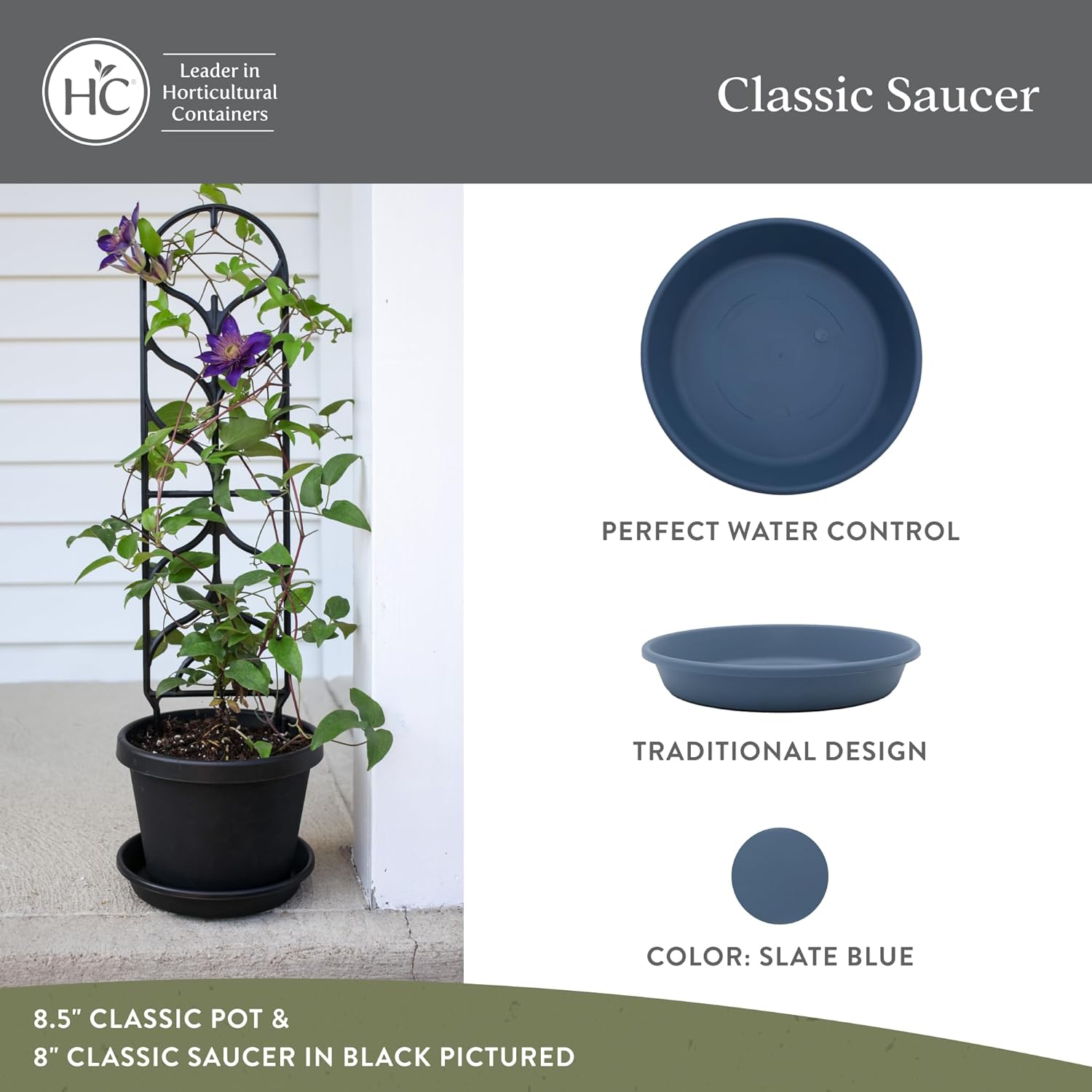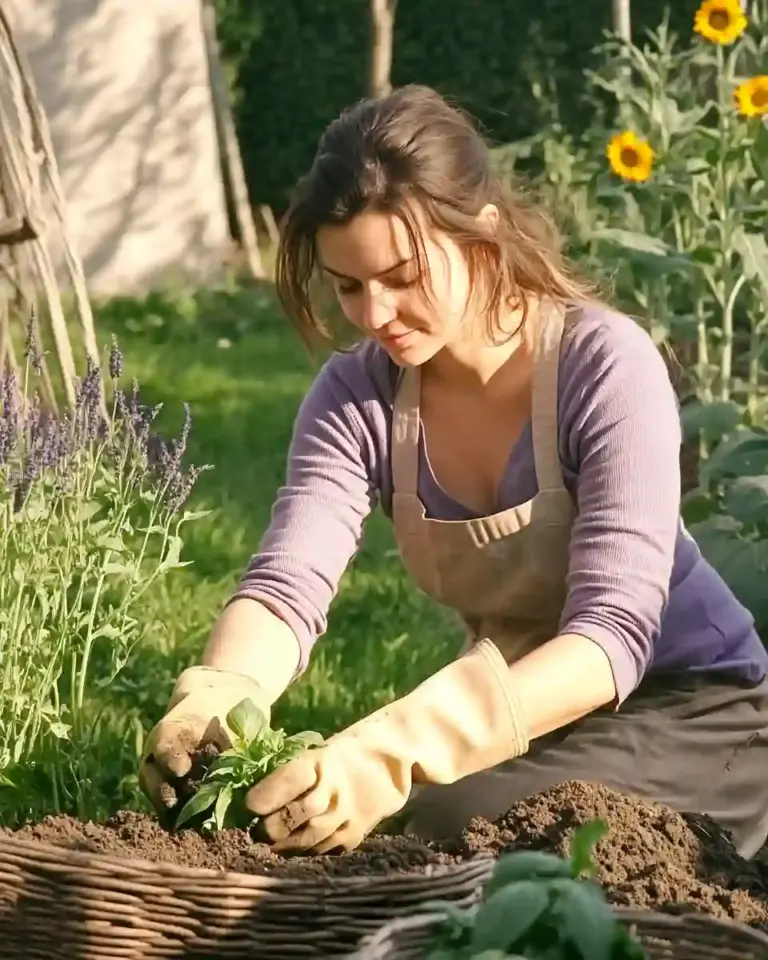Low‑maintenance gardening tips can transform a demanding yard into a space that’s both beautiful and easy to care for. Many homeowners dream of a lush garden but struggle with the endless cycle of mowing, watering, pruning, and fertilizing. By focusing on smart design choices and easy‑care plants, you can enjoy your outdoor space without feeling like you’re constantly working in it. A thoughtfully planned, low‑effort garden not only saves time and energy but also enhances the health and longevity of your landscape.
Table of Contents
1. Evaluate Your Yard
Before diving into major changes, take a close look at your existing landscape. Identify areas that demand the most time and energy. Are there shady spots where grass refuses to grow? A pond that needs constant cleaning? Or a collection of delicate plants that need weekly attention?
Make a list of what works and what doesn’t. Then, consider how to simplify each problem area. For instance:
- Replace high‑maintenance lawns with low‑care ground covers.
- Remove finicky plants and swap them for hardy, low‑maintenance varieties.
- Minimize fussy features like large water elements that require frequent cleaning.
A clear evaluation will guide your design decisions and ensure your low‑maintenance gardening tips truly reduce the workload in your yard.
2. Know Your Soil
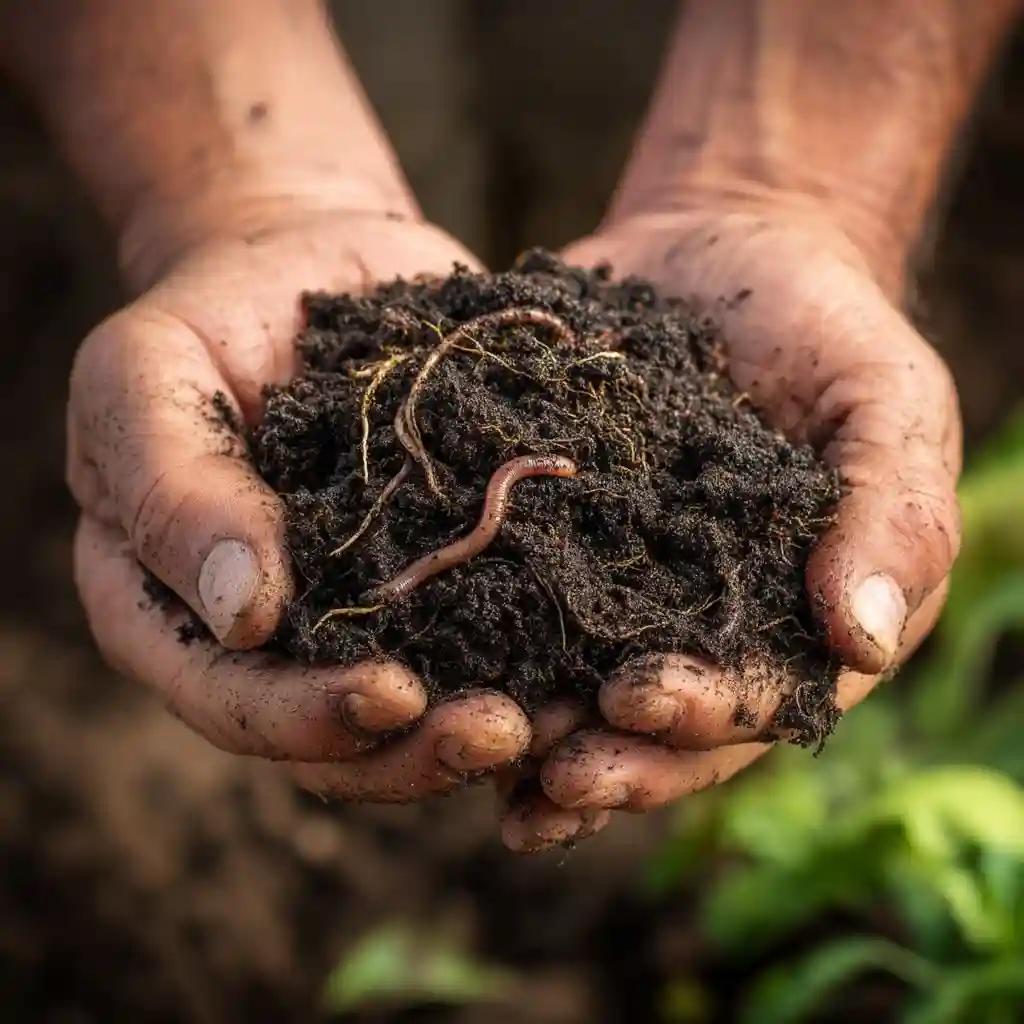
Healthy soil is the foundation of every successful garden, and it’s essential for putting low‑maintenance gardening tips into action. When plants thrive naturally, they need less water, fertilizer, and overall care.
Start by testing your soil to understand its pH and nutrient levels. A simple soil analysis will reveal what’s missing and what you can skip adding. Once you know the condition of your soil, enrich it with compost or other organic matter. This improves drainage, boosts fertility, and encourages beneficial microbes that keep plants healthier with minimal effort.
Investing in your soil early saves countless hours of maintenance later, helping your garden flourish without constant attention.
3. Low‑Maintenance Garden Design
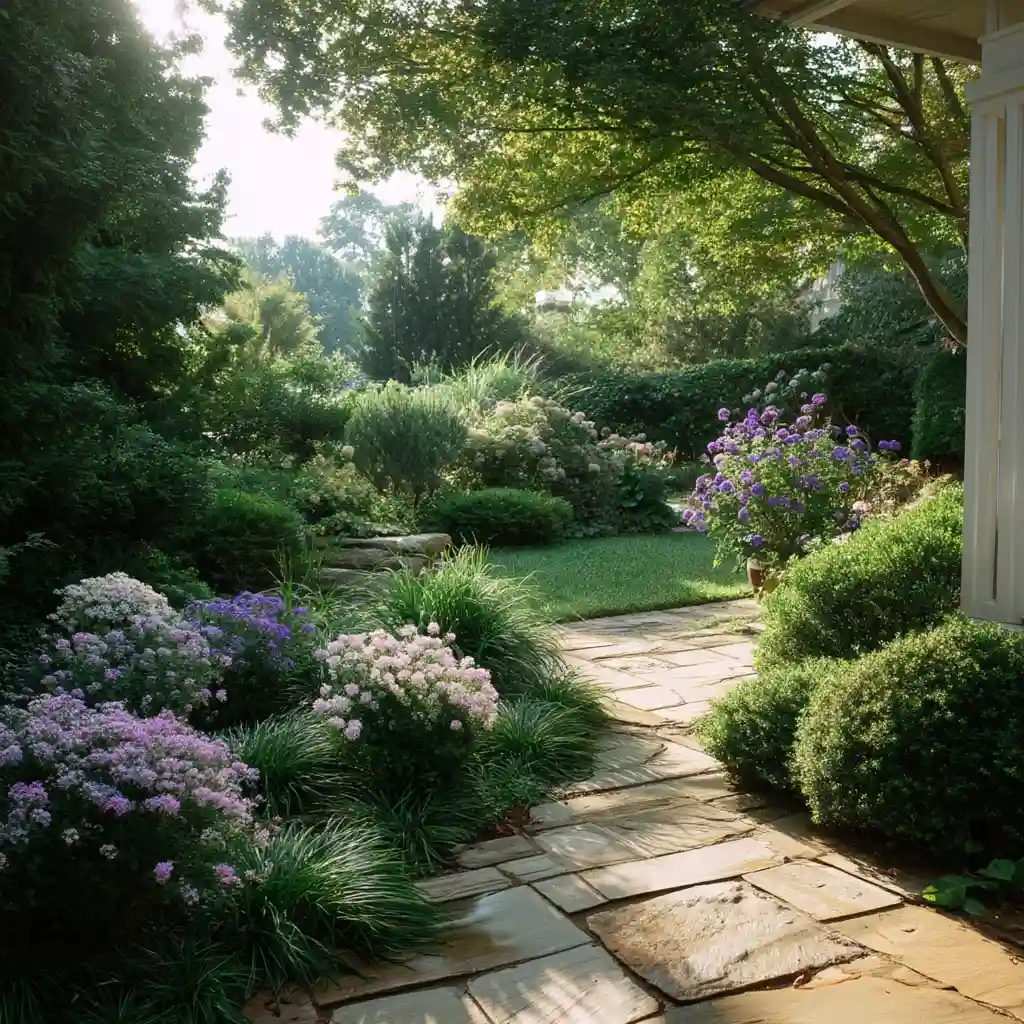
A smart layout is at the heart of all low‑maintenance gardening tips. Thoughtful planning reduces chores, conserves resources, and keeps your yard looking tidy with minimal effort. Follow these strategies when designing your garden:
Make a Plan
Sketch a simple layout before starting any work. Decide where to place plants, paths, and seating areas. Planning ahead prevents costly mistakes and unnecessary upkeep.
Add Structures
Include permanent features like patios, decks, pergolas, or fences. Durable structures create visual interest and reduce the number of high‑care plant areas.
Incorporate Hardscape
Use gravel, stone, or pavers for paths and terraces. These surfaces minimize weeding, control erosion, and cut down on lawn care.
Keep the Layout Simple
Avoid overcrowding and stick to a few focal points. A clear, uncluttered design is easier to maintain year‑round.
Choose Lower‑Maintenance Options
Opt for simple water features, composite decking, and long‑lasting materials that won’t need constant cleaning or replacement.
Use Durable Garden Accessories and Furnishings
Invest in weather‑resistant furniture, solar lighting, and sturdy planters. They last longer and save you from frequent replacements or repairs.
A well‑planned design allows your garden to stay attractive with far less work.
4. Ditch the Lawn
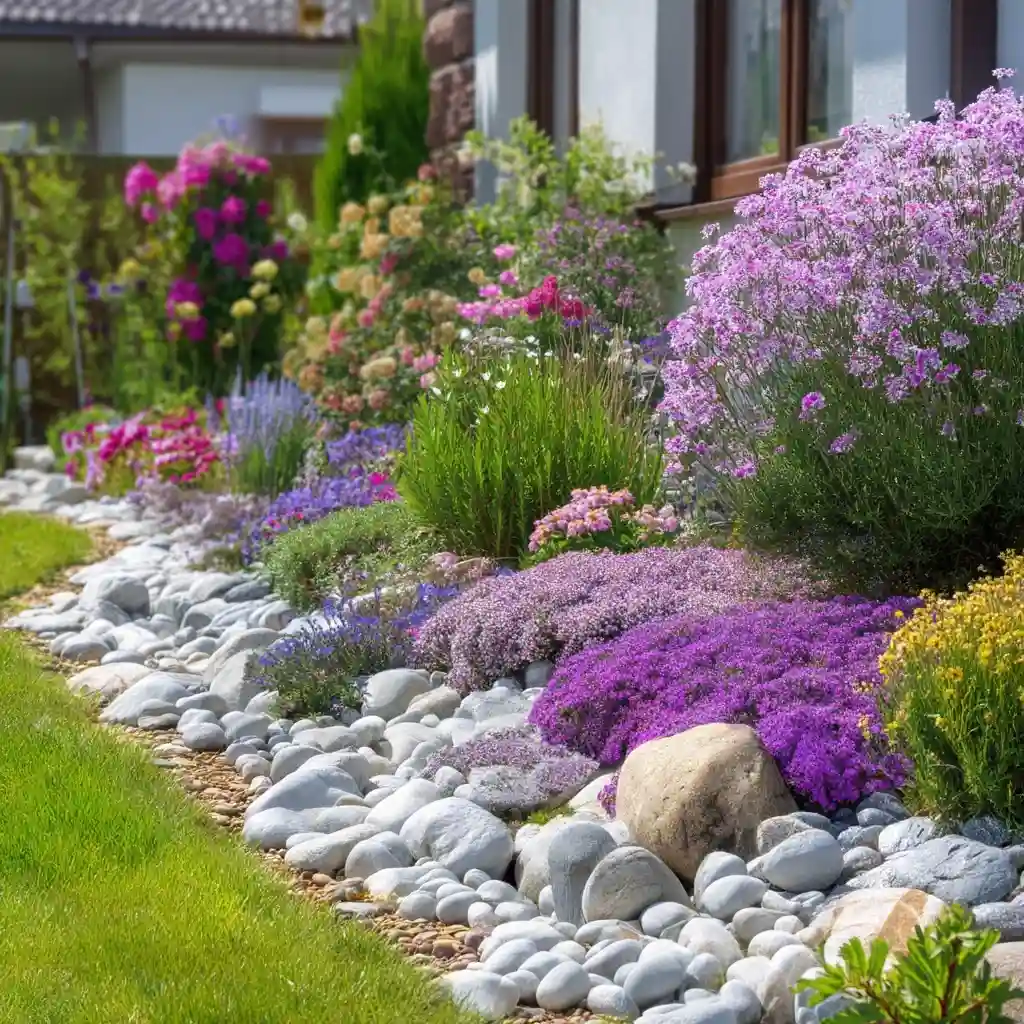
One of the most impactful low‑maintenance gardening tips is to reduce or completely remove your lawn. Traditional grass demands frequent mowing, watering, fertilizing, and edging—tasks that quickly consume your weekends. By replacing all or part of your lawn, you can save both time and resources.
Here are some easy alternatives:
Add Garden Beds
Replace grass with perennial or mixed garden beds. They require less water, no mowing, and offer year‑round visual interest.
Create a Rock Garden
Rock gardens are decorative, drought‑friendly, and low‑care. Choose hardy plants that thrive with minimal watering and attention.
Use Lawn Substitutes
Ground covers like creeping thyme, sedges, or drought‑tolerant clover create a soft, walkable surface without the weekly upkeep. Eco‑friendly seed blends with low‑water grasses and wildflowers also reduce maintenance while supporting pollinators.
By downsizing or removing your lawn, you’ll immediately cut your garden chores and create a more sustainable landscape.
5. Choose Low‑Maintenance Plants
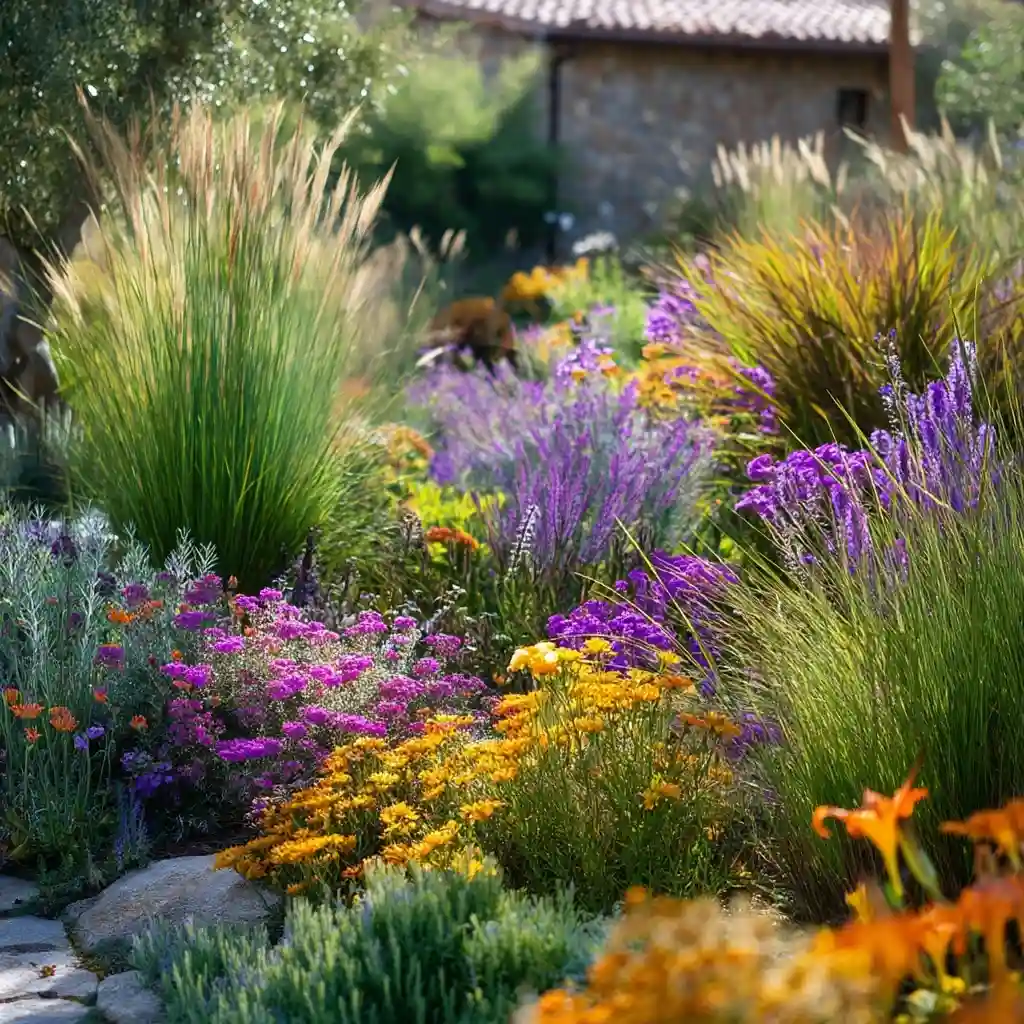
Selecting the right plants is one of the most practical low‑maintenance gardening tips. By choosing species that thrive naturally in your climate and soil, you can enjoy a vibrant yard without constant watering, pruning, or fertilizing.
Here’s how to make smart plant choices:
Avoid High‑Maintenance Plants
Skip species that are prone to pests, diseases, or constant deadheading. They add unnecessary work to your garden routine.
Go Native
Native plants are adapted to local conditions, meaning they need less water, fertilizer, and care while supporting pollinators and wildlife.
Create a Meadow Garden
Replacing part of your lawn with a mix of native grasses and wildflowers reduces mowing and boosts biodiversity.
Plant More Trees and Shrubs
Long‑lived shrubs and trees anchor your landscape and require less ongoing care than annuals or tender perennials.
Avoid Overcrowding
Give plants enough space to grow. Crowded beds lead to more weeding, pruning, and disease problems.
Limit Containers
Potted plants dry out faster and need frequent watering. Keep them to a few focal points rather than covering your entire patio.
Select Long‑Lived Bulbs
Choose bulbs like daffodils or alliums that return each year with minimal care.
Choose Resilient Varieties
Opt for drought‑tolerant, pest‑resistant plants that thrive without constant attention.
Plant for Longevity
Favor perennials and shrubs over short‑lived annuals.
Right Plant, Right Place
Match plants to their preferred light and soil conditions. When plants are happy, they need much less help from you.
By filling your landscape with easy‑care species, you’ll enjoy lasting beauty with minimal effort.
6. Mulch
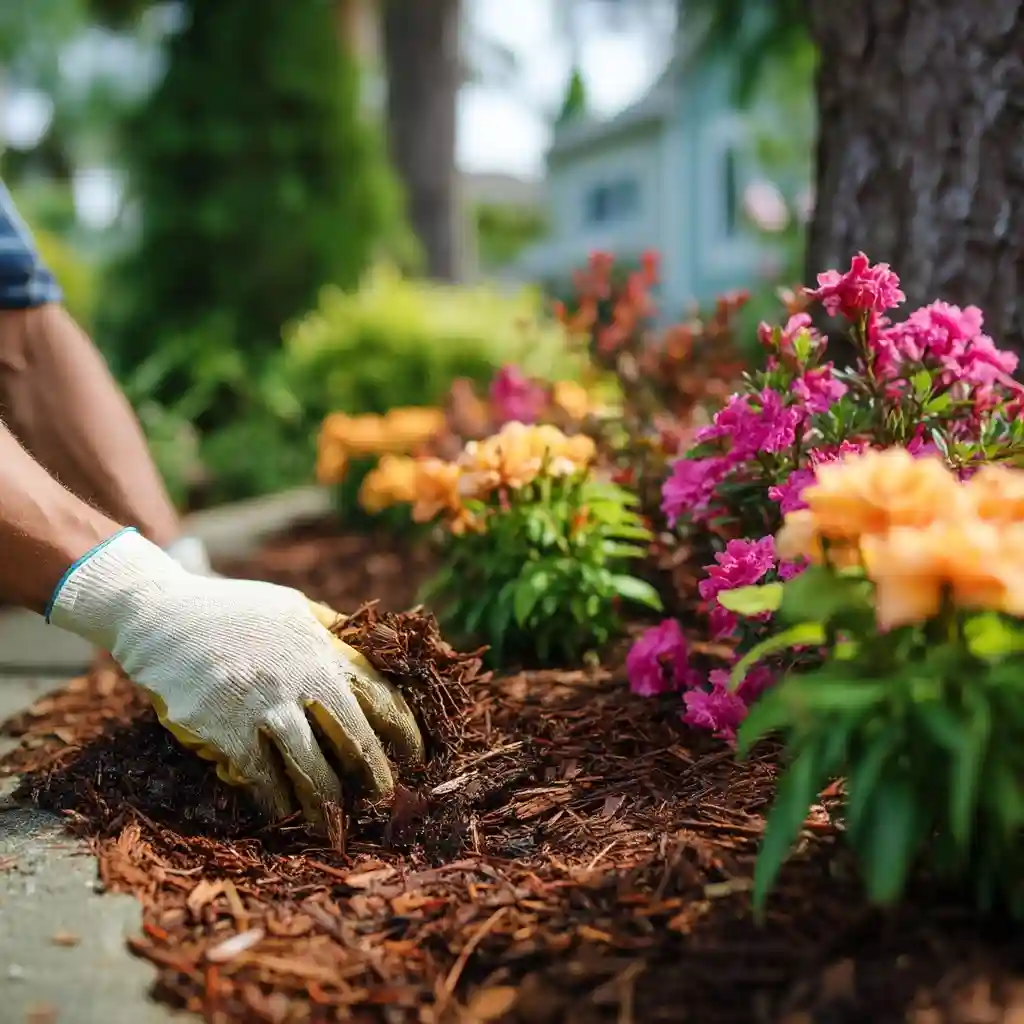
Applying mulch is one of the simplest yet most effective low‑maintenance gardening tips. Mulch serves multiple purposes—it suppresses weeds, locks in moisture, regulates soil temperature, and gradually enriches the soil as it decomposes.
Organic options like shredded bark, wood chips, straw, or compost are best for most gardens. Spread a 2‑ to 3‑inch layer around trees, shrubs, and perennials, keeping mulch a few inches away from stems and trunks to prevent rot.
Beyond saving you time on weeding and watering, mulch also gives garden beds a polished, finished look—helping your landscape stay attractive without constant upkeep.
7. Add Irrigation
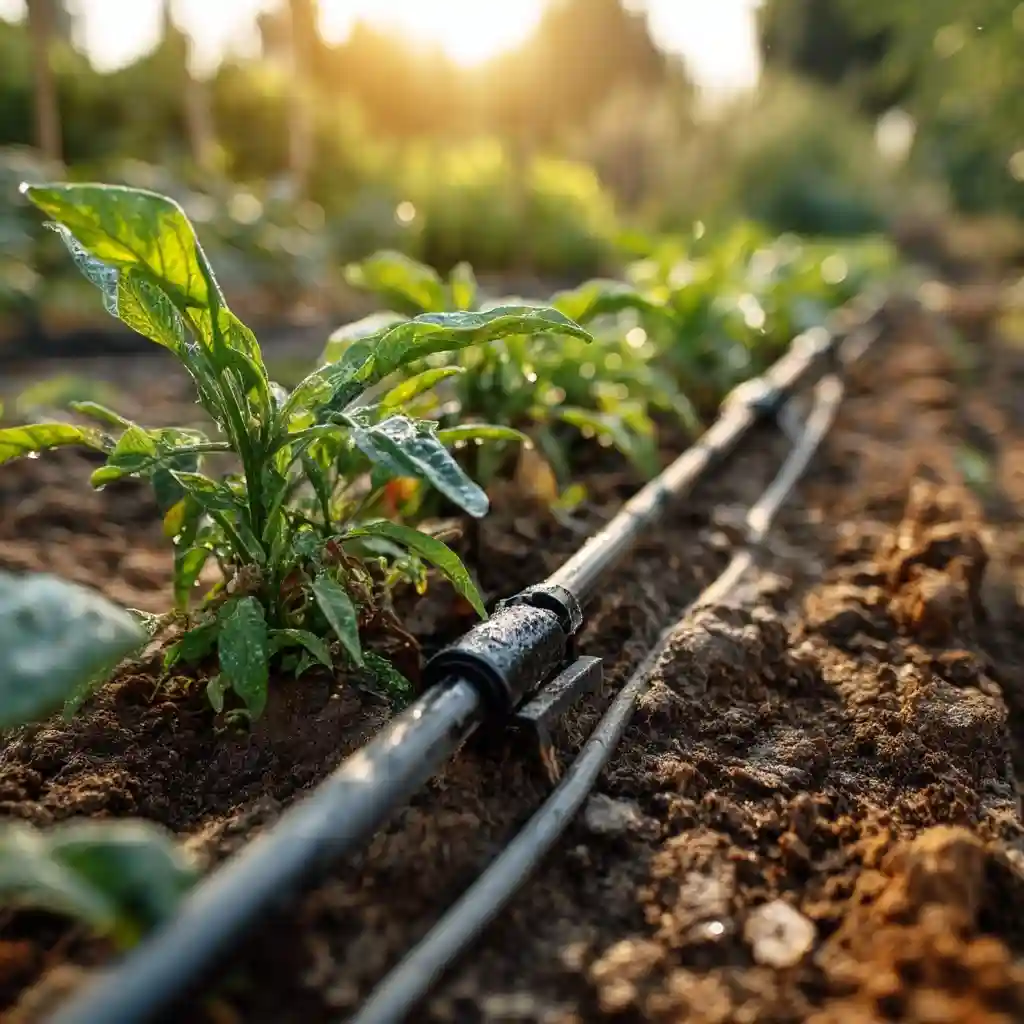
Installing a simple irrigation system is another smart low‑maintenance gardening tip that saves time and ensures your plants get the water they need. Hand‑watering can be inconsistent and time‑consuming, while automated systems keep your garden thriving with minimal effort.
Consider These Options:
- Drip Irrigation: Delivers water directly to the roots, reducing evaporation and preventing disease caused by wet foliage.
- Soaker Hoses: Affordable and effective for garden beds and borders.
- Smart Sprinklers: Can be programmed to water at optimal times and adjust based on weather conditions.
Grouping plants with similar water needs also improves efficiency. With the right irrigation setup, you’ll reduce water waste, protect your plants, and free up your weekends for enjoying your garden—not just maintaining it.
8. Time‑Saving Maintenance
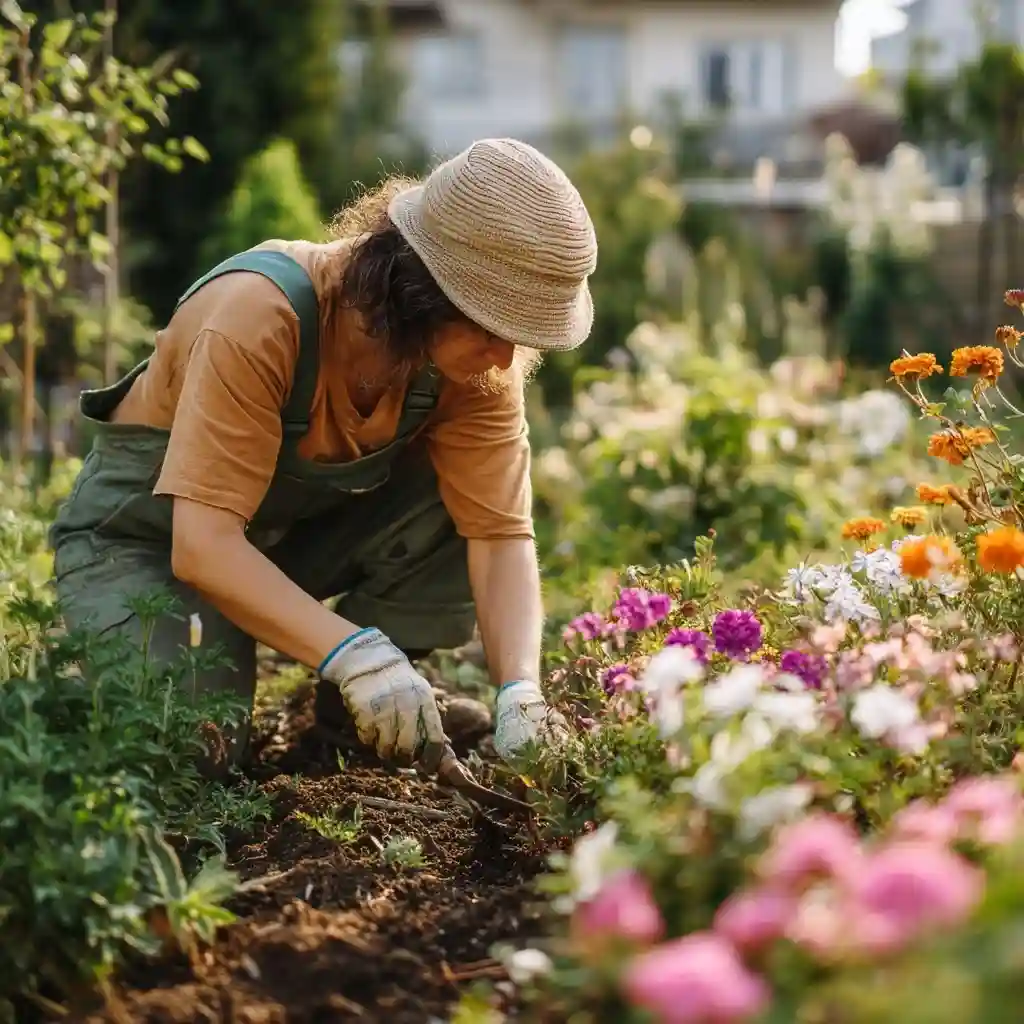
Even with a simplified yard, a little routine care goes a long way. Following low‑maintenance gardening tips doesn’t mean doing nothing—it means working smarter, not harder.
Here are some ways to streamline upkeep:
- Weed Smartly: Pull weeds when soil is damp for easier removal. Consistent short sessions prevent them from spreading.
- Prune Efficiently: Focus on removing dead or damaged branches and shape plants lightly instead of constant heavy pruning.
- Fertilize Sparingly: Healthy soil and mulch reduce the need for frequent fertilization. Choose slow‑release options to minimize effort.
- Tidy in Small Bursts: Ten minutes a few times a week is easier than tackling an overgrown garden once a month.
- Use the Right Tools: Lightweight, ergonomic tools make chores faster and easier on your body.
By adopting these small habits, you’ll keep your yard looking its best with minimal time investment.
Conclusion
Transforming your yard with low‑maintenance gardening tips allows you to enjoy a beautiful, thriving landscape without spending every weekend on chores. By evaluating your yard, improving your soil, choosing the right plants, and designing with simplicity in mind, you’ll create an outdoor space that is both inviting and easy to manage. Small steps like adding mulch, using smart irrigation, and adopting efficient maintenance habits make a lasting difference.
A garden should be a place to relax and enjoy—not a constant source of work. With these strategies, your yard will stay vibrant and stress‑free for years to come.
🌿 Love gardening inspiration? Follow me on Pinterest for bold plant ideas, tips, and seasonal color!
More Posts
